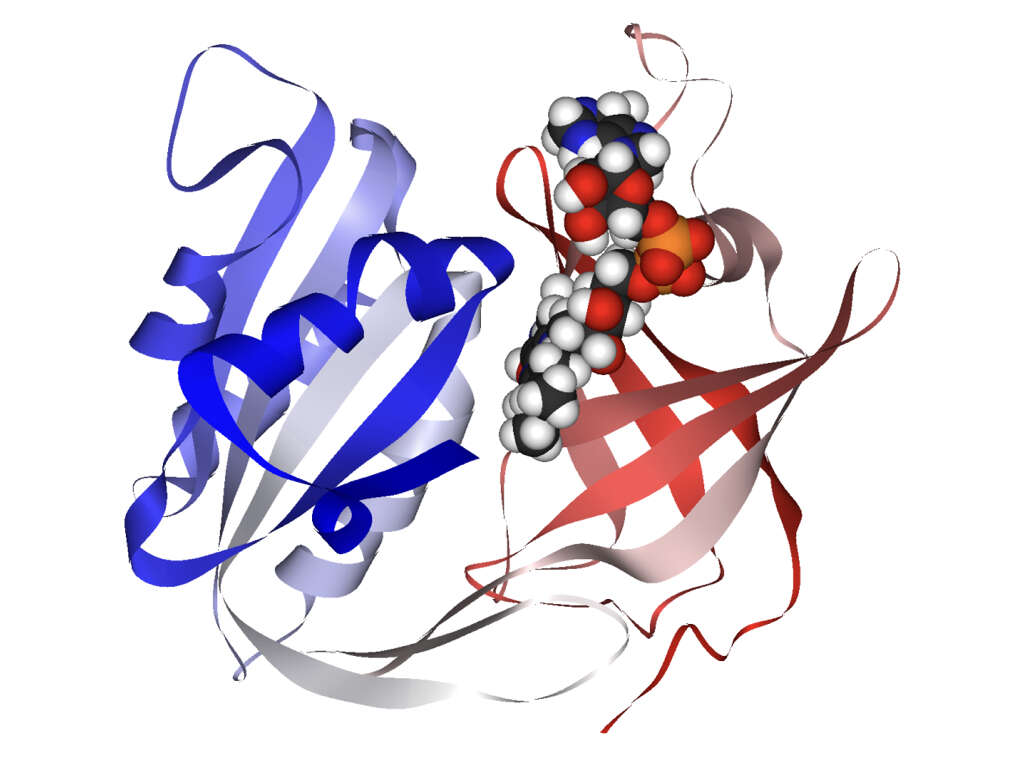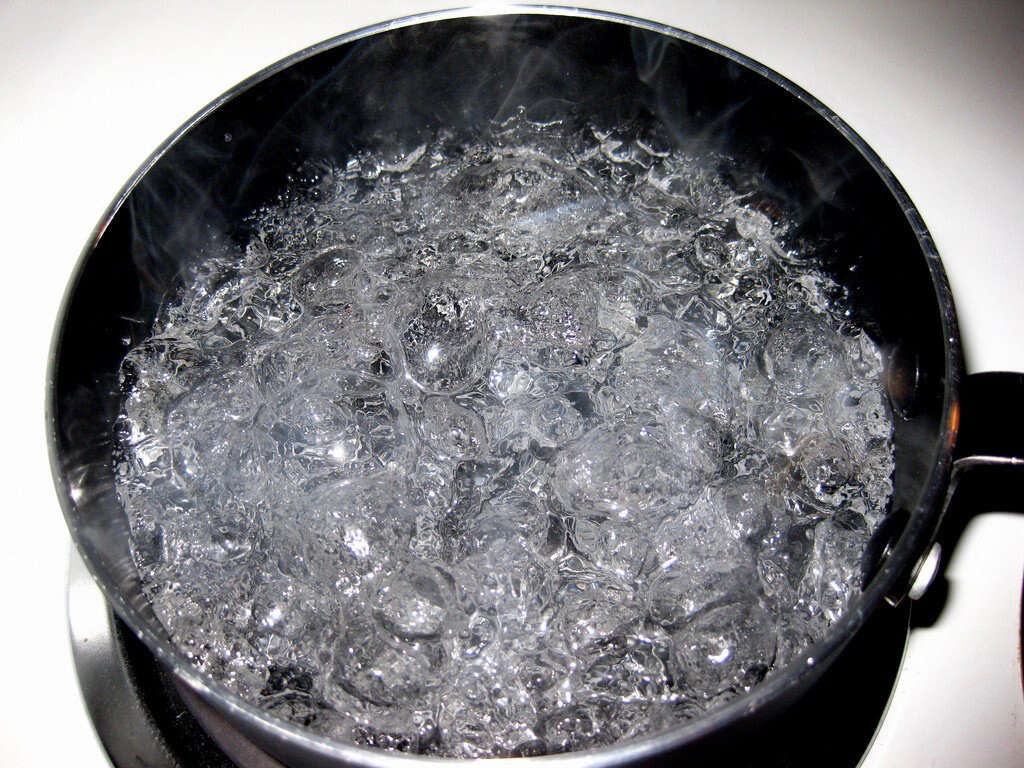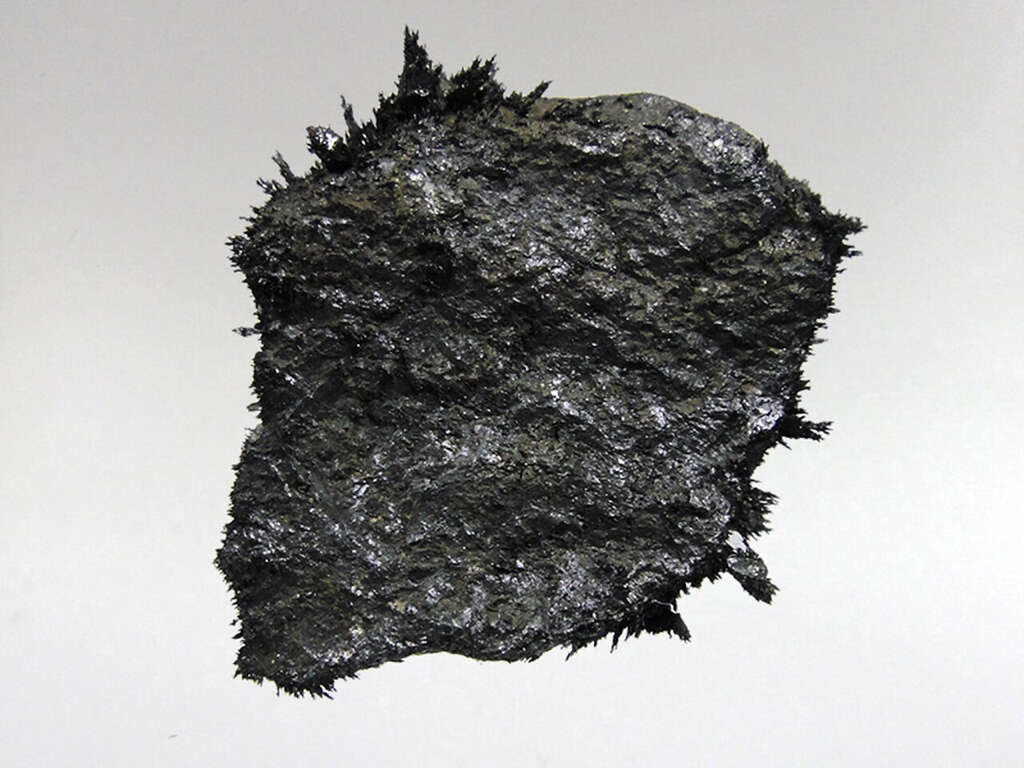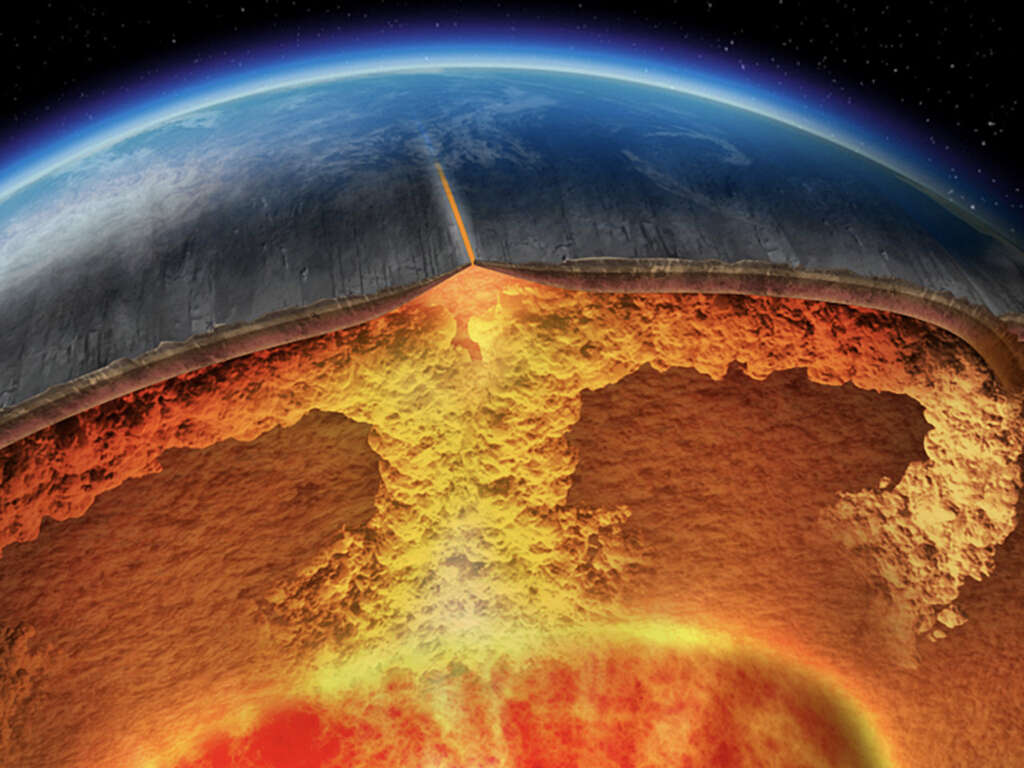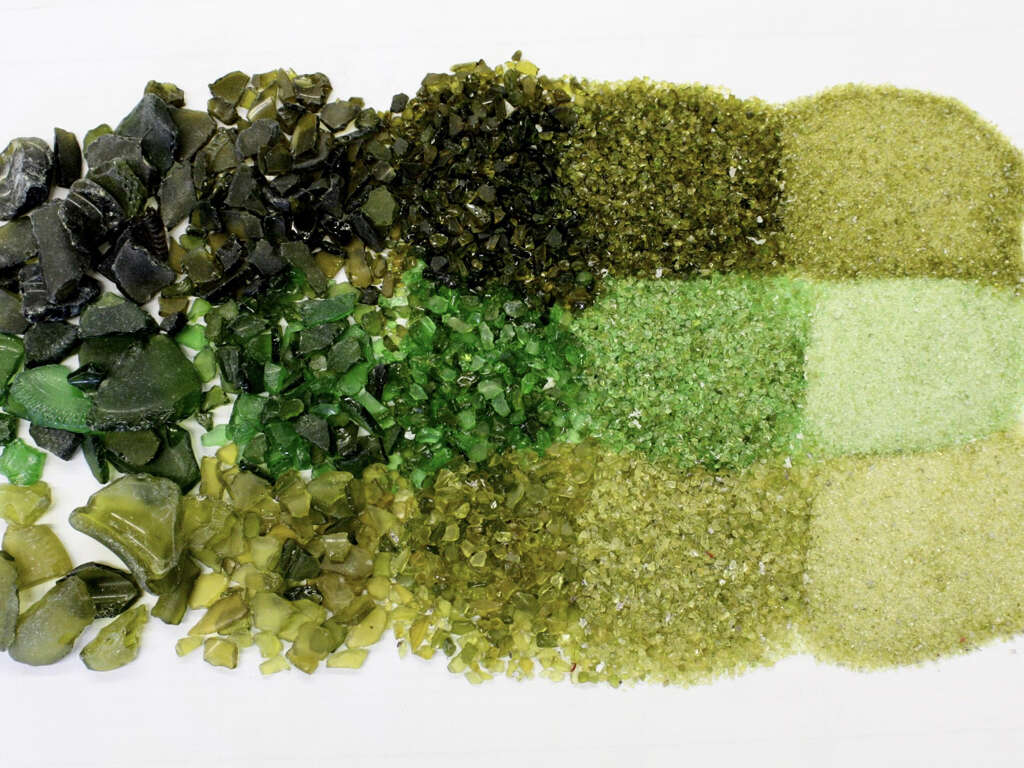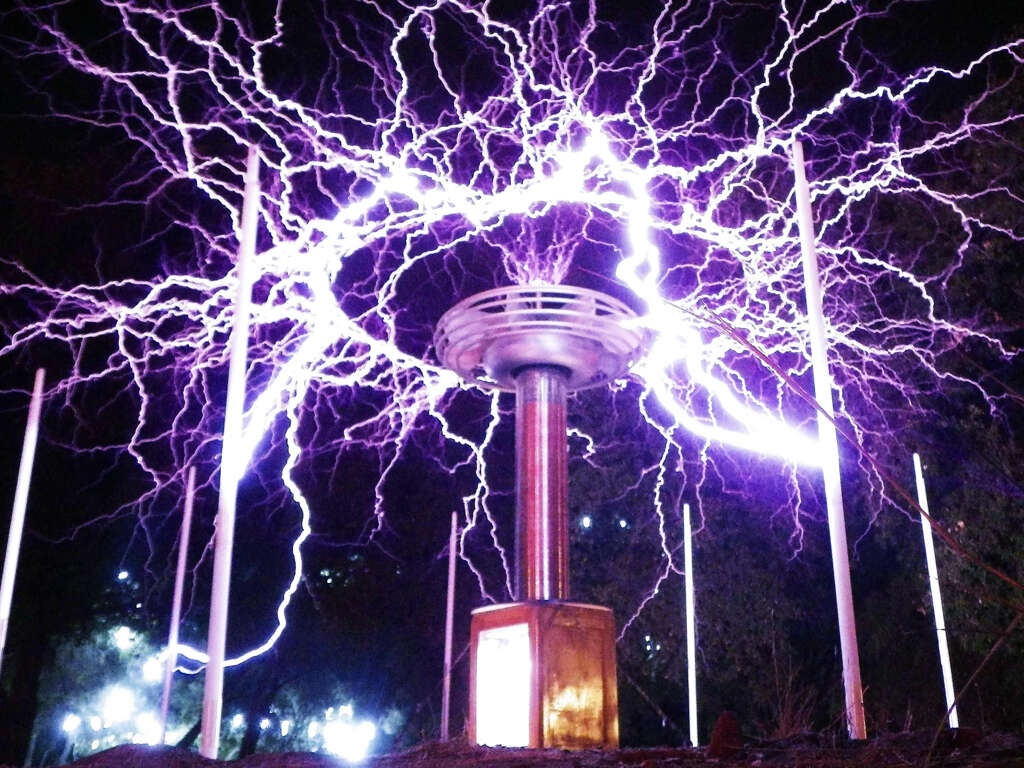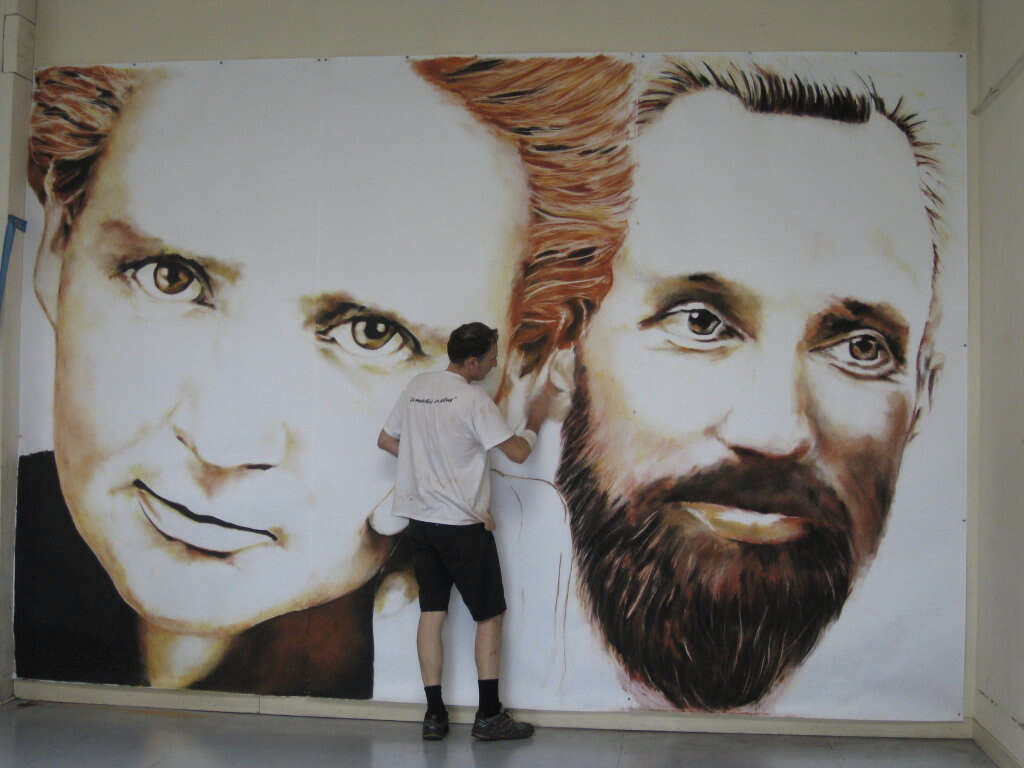What Are Convection Currents?
Evidence of convection currents is abundant in both nature and many of the everyday activities that humans undertake. Simply put, convection currents allow for the transfer of heat from one place to another through the movement of fluids. Heated molecules in liquids and gases become less dense and rise while cooled molecules will become denser and sink. As the cooled molecules that sink heat up, they then rise, taking the place of previously heated air that has cooled, creating a pattern of movement called convection currents.
When this heat transfer naturally occurs, it is referred to as natural or free convection, and when mechanically induced, such as with a fan, is called forced convection. Here, we will look at some of the natural and forced occurrences of convection currents and how they explain this phenomenon.

1. Ocean Convection
Convection currents are evidenced by the movement of hot and cold water in the ocean. The water movement is as a result of heated water rising to the surface. Once it releases its heat energy into the environment, this now cooled water sinks resulting in repeated circulation.
Besides its influence on temperature, these currents also aid in the mixing up of the waters across great distances, allowing for a good distribution of soluble nutrients and heat. Cold waters from around the polar ice caps sink to deep ocean depths around the tropics and equator. When they warm up they become less dense, rising to the surface, and are drawn back toward the poles.
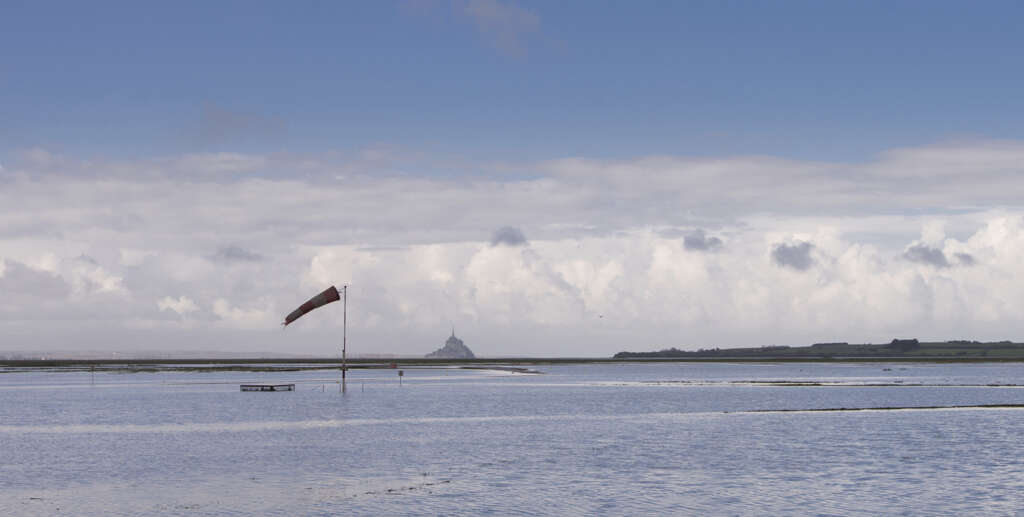
2. Atmospheric Circulation
As the sun heats the air around the equator, it becomes less dense and rises upward and outward. At greater heights, this air becomes cool and moves back down toward the equator. This circulation of warm and cold air has become known as Hadley cells, named for amateur meteorologist George Hadley who proposed the idea.
These currents are what drive the trade winds in the tropics, the tropical rain-belt, and contribute to the occurrence of hurricanes. Atmospheric convection currents also aid in the formation of cumulus clouds. This occurs when the now cooled air has reached low air pressures at which point the water vapor within it condenses to form the cloud.
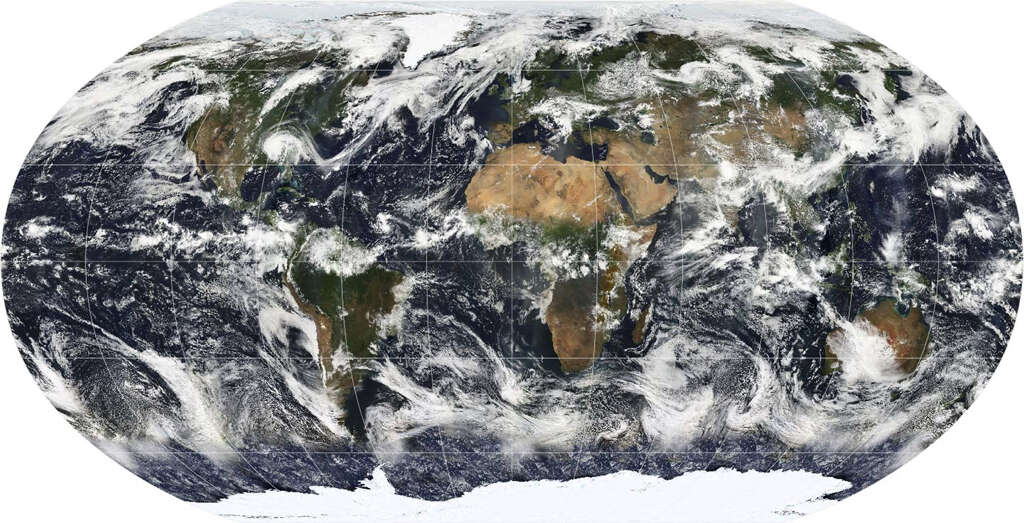
3. Land and Sea Breezes
Along most coastlines, it is easily observable that the land is warmer during the day. Thanks to convection, the warm air will rise and colder air on the sea will rush to take its place. This is what brings about the sea to land breeze experienced during the daytime.
The sea breeze is what we often enjoy when visiting the beach. At night, air over the sea tends to be warmer, while that on the land is cooler. The reverse effect is created as warm air over the water rises and cooler air is drawn off the land toward the sea. This is, in turn, referred to as a land breeze.
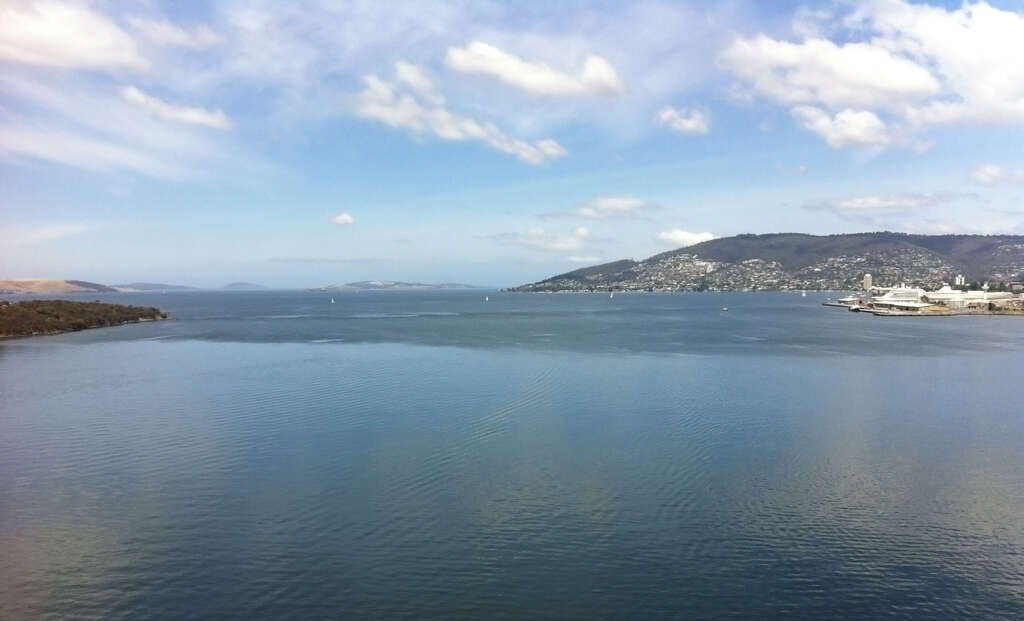
4. Mantle Convection
The mantle of Earth is in a semi-liquid state and is considered fluid. Because of the convection current that transfers heat from the inner core of Earth toward the surface, there is a tectonic plate movement.
The hot flowing asthenosphere is made up of magma that moves in convection currents toward the surface where it meets ocean waters and cools, forming fresh crust that can end up sliding back down under its own weight through a process called subduction. This activity takes place at a very slow rate, causing the continental drift, and is also believed to contribute to volcanoes and earthquakes.
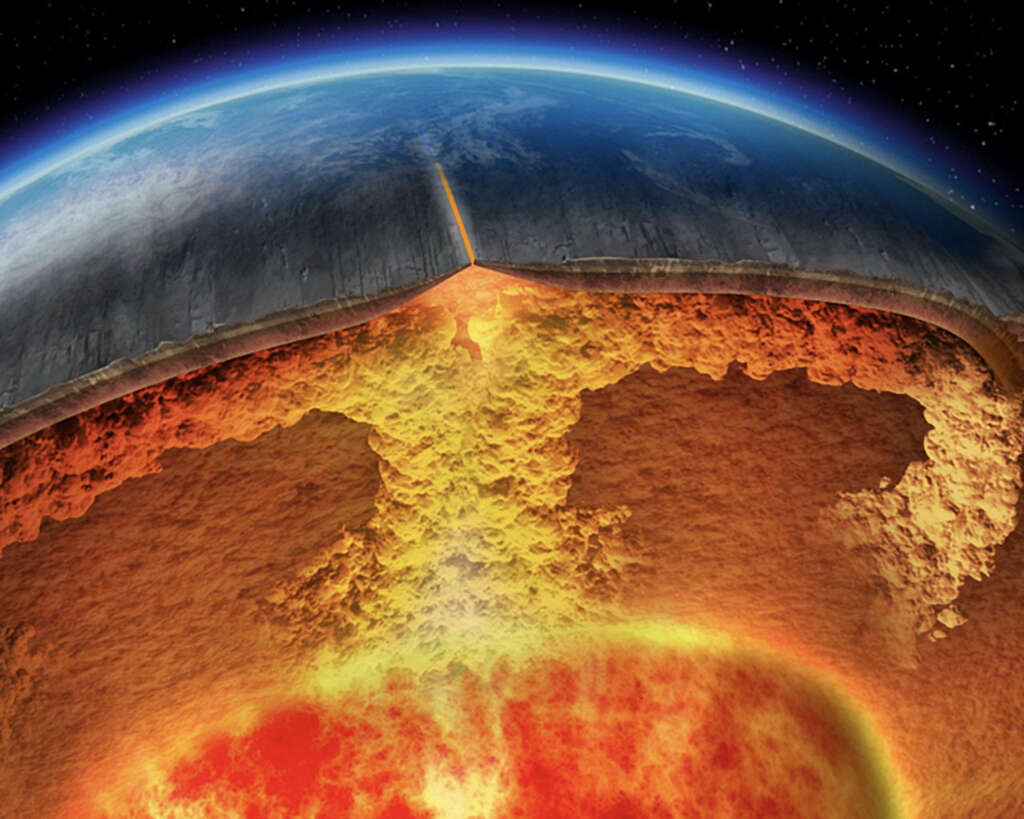
5. Stack Effect
Also referred to as the chimney effect, it demonstrates convection currents in a gaseous form. It describes the movement of air in and out of buildings due to buoyancy. Air density is different inside and outside of buildings due to differences in temperature and humidity.
The force of buoyancy is dependent on these differences and the height of the structure. It can affect ventilation and how fires move. Stack effect allows less dense warm air to rise up and if there are escape routes, such an open window, it will cause leaks or exfiltration. This can be a problem when trying to regulate the temperature in a building.
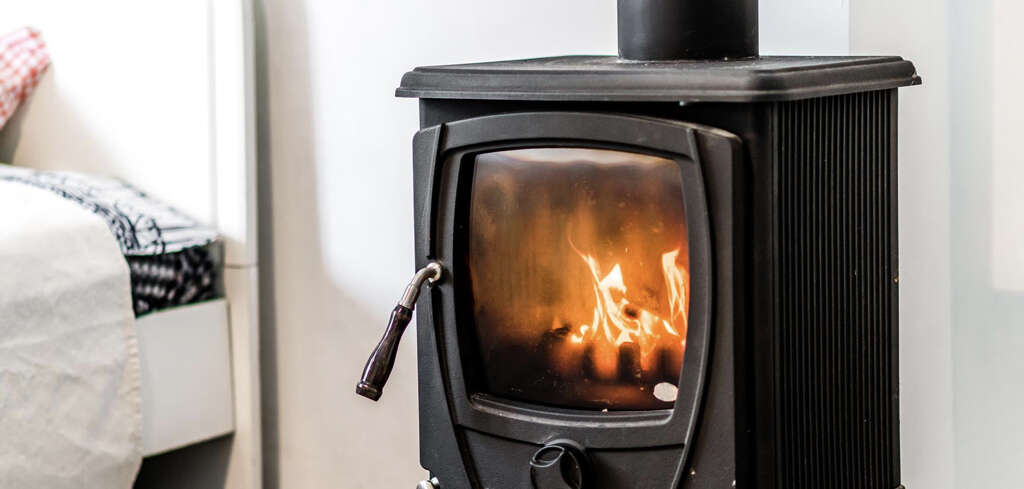
6. Solar Convection
In the 30% outermost layer of the sun, energy circulates through convection. This layer of the sun is made up of gases that come from nuclear actions within the core that are the source of the suns energy. It is referred to as the convective zone and is believed to take up more space in larger stars.
Starting as hydrogen atoms that turn into helium under exposure to extreme heat, the gas moves outward via convection. Sunspots are the emergence of magnetic fields created by convection movements. Much like steam that escapes when boiling water, solar energy that reaches Earth escapes from the outermost thin layer of the sun called the photosphere.
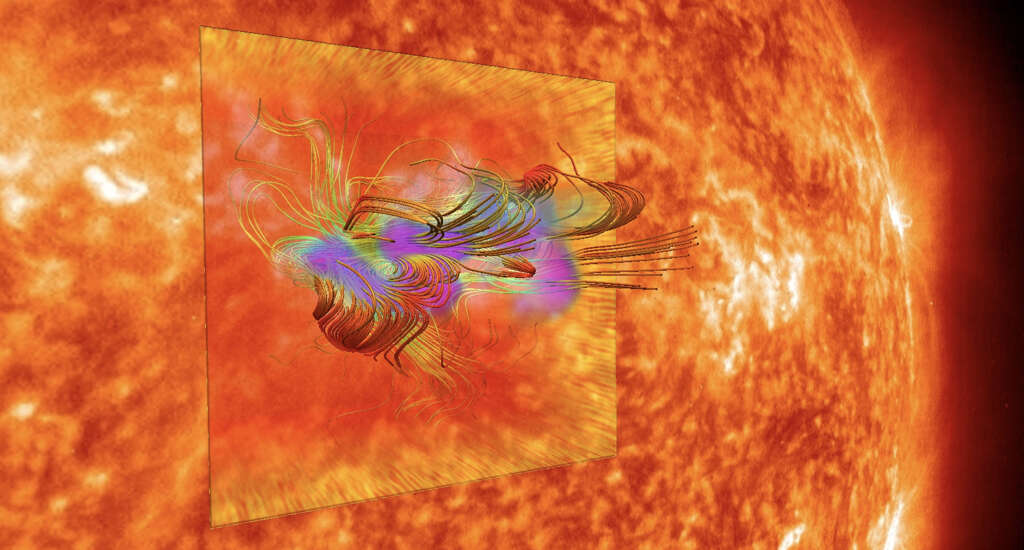
7. Convection in Cooking
One of the simplest illustrations of convection currents is when boiling water. It is more so evident when you throw in small items that can make clear the flow of water, like peas.
As the water at the bottom of the pot is heated, it gains more energy and you can see the water particles begin to move faster. Once it gets to a good boil, you can see how the peas keep moving upward and back down. This is driven by the hotter and less dense water molecules at the bottom of the pot that move upward, become cool through evaporation, then sink. Some of this energy will dissipate when it reaches the surface in the form of steam.

8. Human Blood Circulation
Our bodies also make use of convection currents to help regulate body temperature. The internal organs of humans generate a lot of heat and it is through the blood circulatory system that this heat energy is expelled.
As blood is channeled through the organs and deep tissues of the body, it eventually finds its way through vessels like capillaries close to the skin. The heat is then transferred to the air and water that flows over the skin. This flow of blood toward the skin to release heat is an example of forced convection driven by the heart and supported by the cardiovascular system.
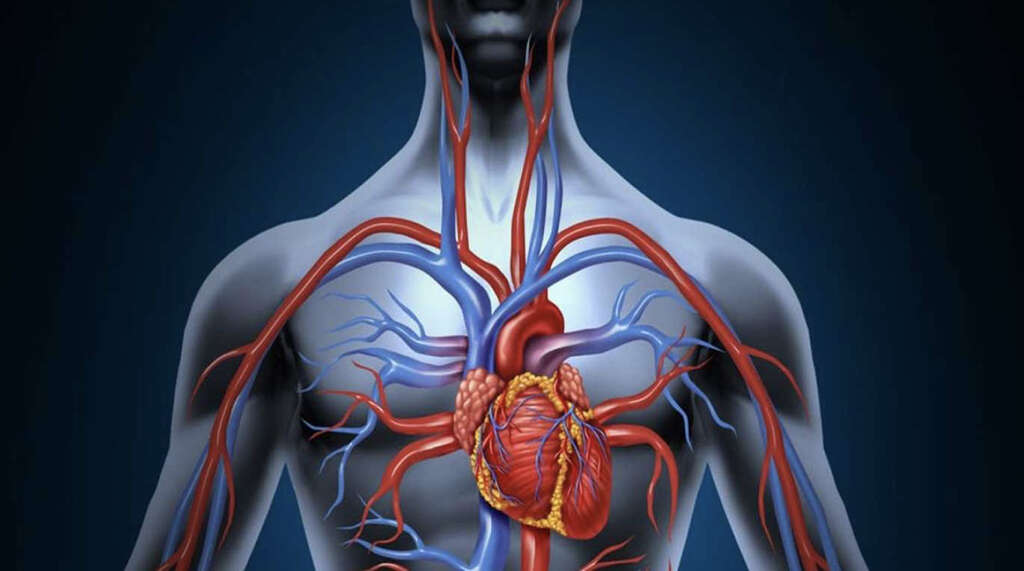
9. Hot Air Balloon
Hot air balloons can be a thrilling ride and make use of the science of convection to make flight possible. At the base of the balloon, over the basket, there is a heater. The heater heats air that rises and is trapped within the space, pushing the balloon upward as well.
In order to return back to the ground, the hot air is gradually released and when replaced by cold air, allows for lowering. This operation follows the action of convection currents whereby hot air becomes less dense and rises, while cold air becomes denser and falls.

10. Home Water Systems
In houses that still make use of boilers to heat water, convection is used to convey hot water where it is needed. When in the boiler, the water is heated, becoming less dense and expanding. The hottest water is found at the top of the cylinder, at which point an overflow pipe is connected to help regulate the pressure buildup.
It is also the pipe that connects to the hot water tap elsewhere in the house. The pipe is arranged to descend lower than the cold water cistern so that it can provide adequate pressure for the hot water to flow out correctly.




